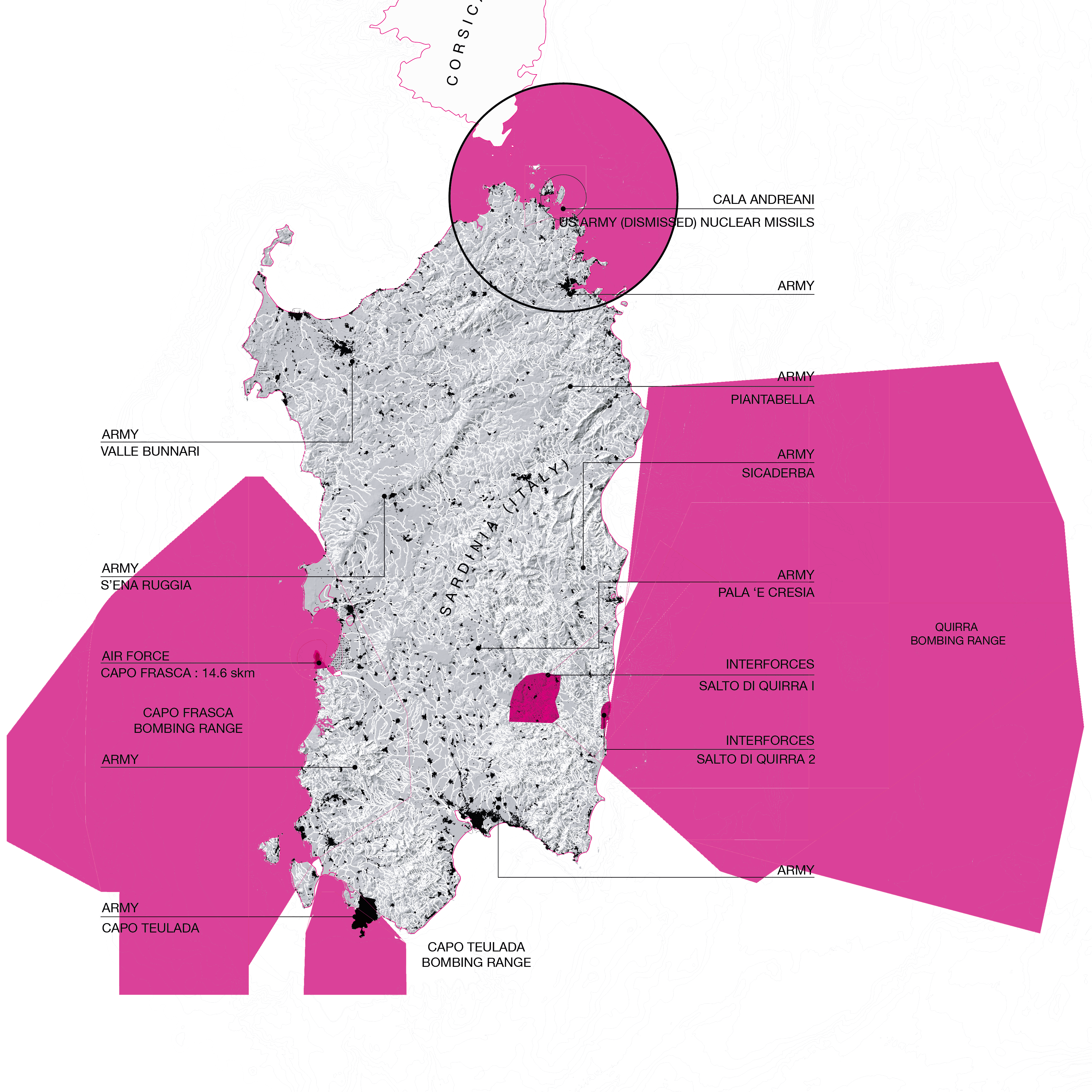

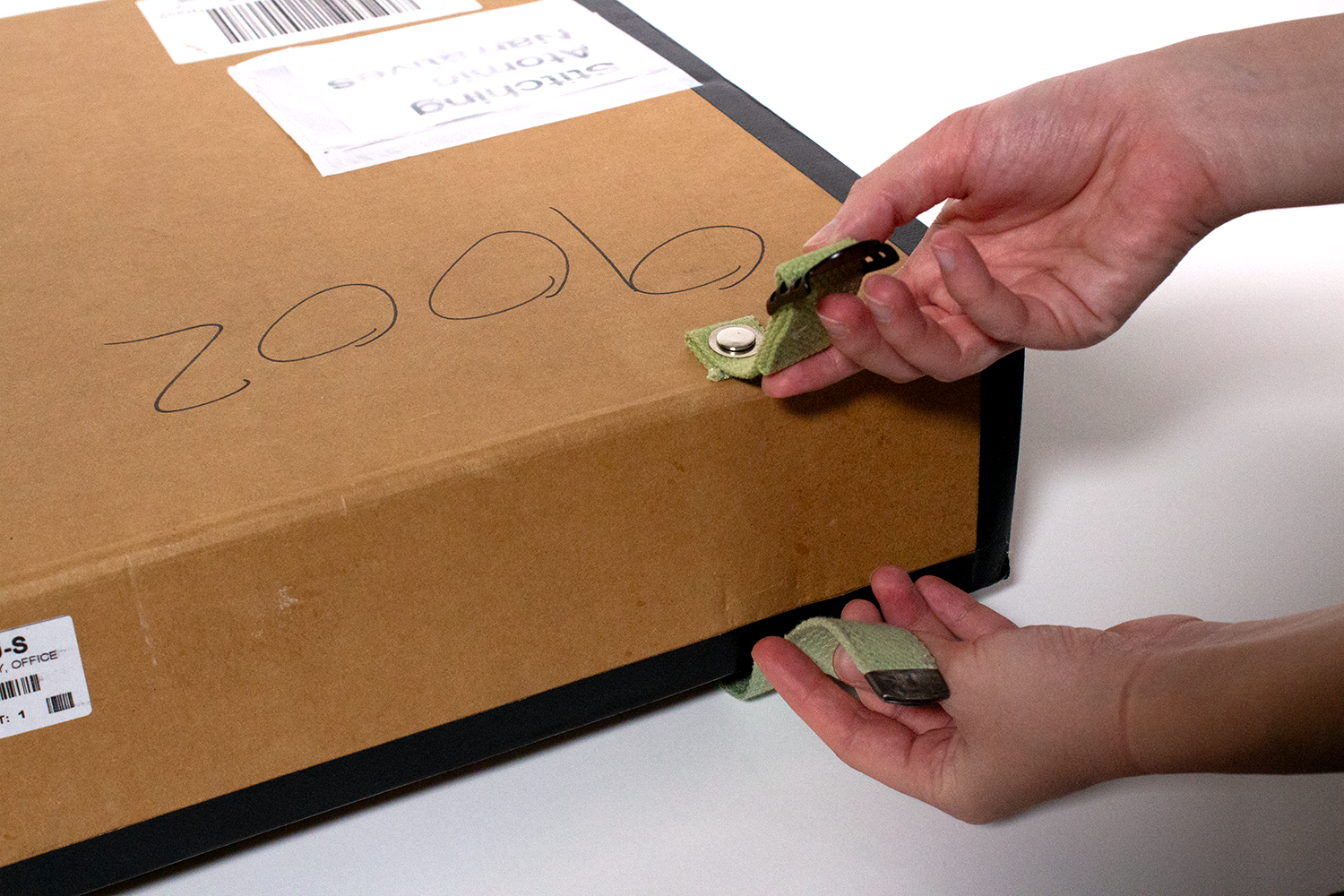




Sardinia, Italy
Belene, Bulgaria
Kozluduy, Bulgaria
2023
Belene, Bulgaria
Kozluduy, Bulgaria
2023
«Stitching Atomic Narratives»
Next ︎︎︎
Team:
Rosita Palladino, Mara Diavolova, Galena Sardamova.
Institution:
Harvard Graduate School of Design
In collaboration:
UN Office for Disarmament Affairs, Youth4Disarmament.
Advisor:
Malkit Shoshan
Brief:
The developments that led to the splitting of the atom are perhaps the best manifestation of both the opportunities and the existential threats associated with technological advancement—especially when unchecked. Nuclear technology reminds us that human survival on earth is not a given, as humans have become dangerous not only to themselves, but to the entire biosphere.2This essay provides an overview of a semester-long collaborative effort, in conversation with the UN Office for Disarmament Affairs, to develop creative, artistic and activist perspectives to look at the wide spectrum of the “nuclear dilemma”, including the risks associated with the use of nuclear weapons and their testing to the critiques surrounding nuclear energy as well as the human rights and exclusionary implications of nuclear technologies.
Rosita Palladino, Mara Diavolova, Galena Sardamova.
Institution:
Harvard Graduate School of Design
In collaboration:
UN Office for Disarmament Affairs, Youth4Disarmament.
Advisor:
Malkit Shoshan
Brief:
The developments that led to the splitting of the atom are perhaps the best manifestation of both the opportunities and the existential threats associated with technological advancement—especially when unchecked. Nuclear technology reminds us that human survival on earth is not a given, as humans have become dangerous not only to themselves, but to the entire biosphere.2This essay provides an overview of a semester-long collaborative effort, in conversation with the UN Office for Disarmament Affairs, to develop creative, artistic and activist perspectives to look at the wide spectrum of the “nuclear dilemma”, including the risks associated with the use of nuclear weapons and their testing to the critiques surrounding nuclear energy as well as the human rights and exclusionary implications of nuclear technologies.
Stitching Atomic Narratives examines and brings together three exclusion zones – Sardigna in Italy, and Kozloduy and Belene in Bulgaria – in an attempt to unfold the blurred entanglement between nuclear technology and its geo-political and socio-cultural agents. The project asks to what degree it is possible to trace a network of interconnected patches related to nuclear technology, simultaneously focusing on micro and macro aspects of the issue.
Our motivation is to center different peripheries: on the one hand in terms of global international relations, and on the other hand on a local level – since all three regions we are looking at have been historically neglected within their respective locales. In addition to studying the specific sites and agents they have interacted with, we also aim to recognize the spaces in between those entanglements, or between what has been documented and what has been left unseen. Through centering this tension, we ultimately make the invisible visible, and give voice to people and places which have not necessarily had such agency before. The desired effect of this effort is to foster a sense of empathy both within the studied geographies and beyond. By learning about similarly affected exclusion zones, members of the individual communities will recognize themselves in a broader narrative; this empathy, however, also transcends relation and goes beyond self-recognition, as will be the case with publics seemingly not directly affected by the issues at hand.
The project interacts with audiences on several distinct, but also interconnected levels: we start from studying the local, then zoom out to trace its global entanglements, and finally return to the microcosmic with newfound awareness. Closely related to the examined territories yet observing them from afar, we hope to share our findings with groups unfamiliar with these histories, but also hope to bring a sense of empowerment to the communities we have borrowed experience and knowledge from.
Our methodology for gathering and organizing data was strongly inspired by “Patchy Anthropocene: Landscape Structure, Multispecies History, and the Retooling of Anthropology” by Anna Tsing, Andrew S. Mathews, and Nils Bubandt – “a conceptual tool for noticing landscape structure, with special attention to what we call ‘modular simplifications’ and ‘feral proliferations.’” To reveal a network of interconnected systems that form an overarching structure of nuclear power, we mapped a series of geo-political entanglements stemming from the three sites, lines of material flow, and networks of nuclear infrastructure and technology. Enveloping all of these elements is a layer which we have called the “placenta” – or all that underlies what is seemingly known. These layers are collapsed onto one another to form a map of patches unraveled and re-stitched.
The archival object materializes the discovered interconnections and everything in between. This portable ever-growing archive exists in the form of a suitcase filled with maps, diagrams, text documents, photographs, and objects connected to nuclear power’s presence in and influence on the studied territories. The artefacts are treated as a travelling lawsuit, with the three researched locations acting as illustrative case studies; the additional entangled sites we have mapped out form the itinerary the suitcase passes through and is activated in. By giving such a tangible dimension to our research and an added sense of agency, we aim to expose all the poignantly human aspects of a topic still scarily vague and inaccessible to the collective imagination.
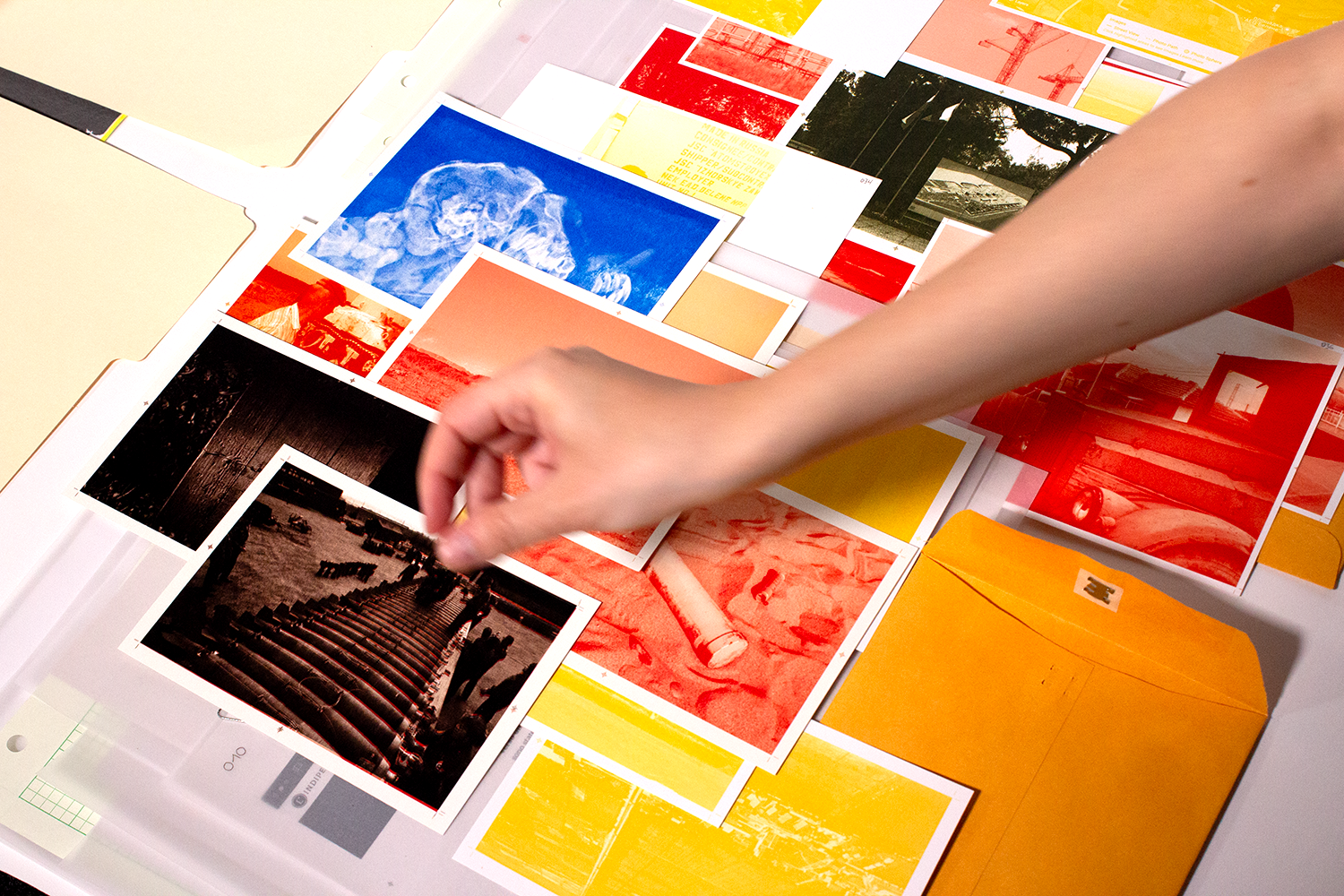

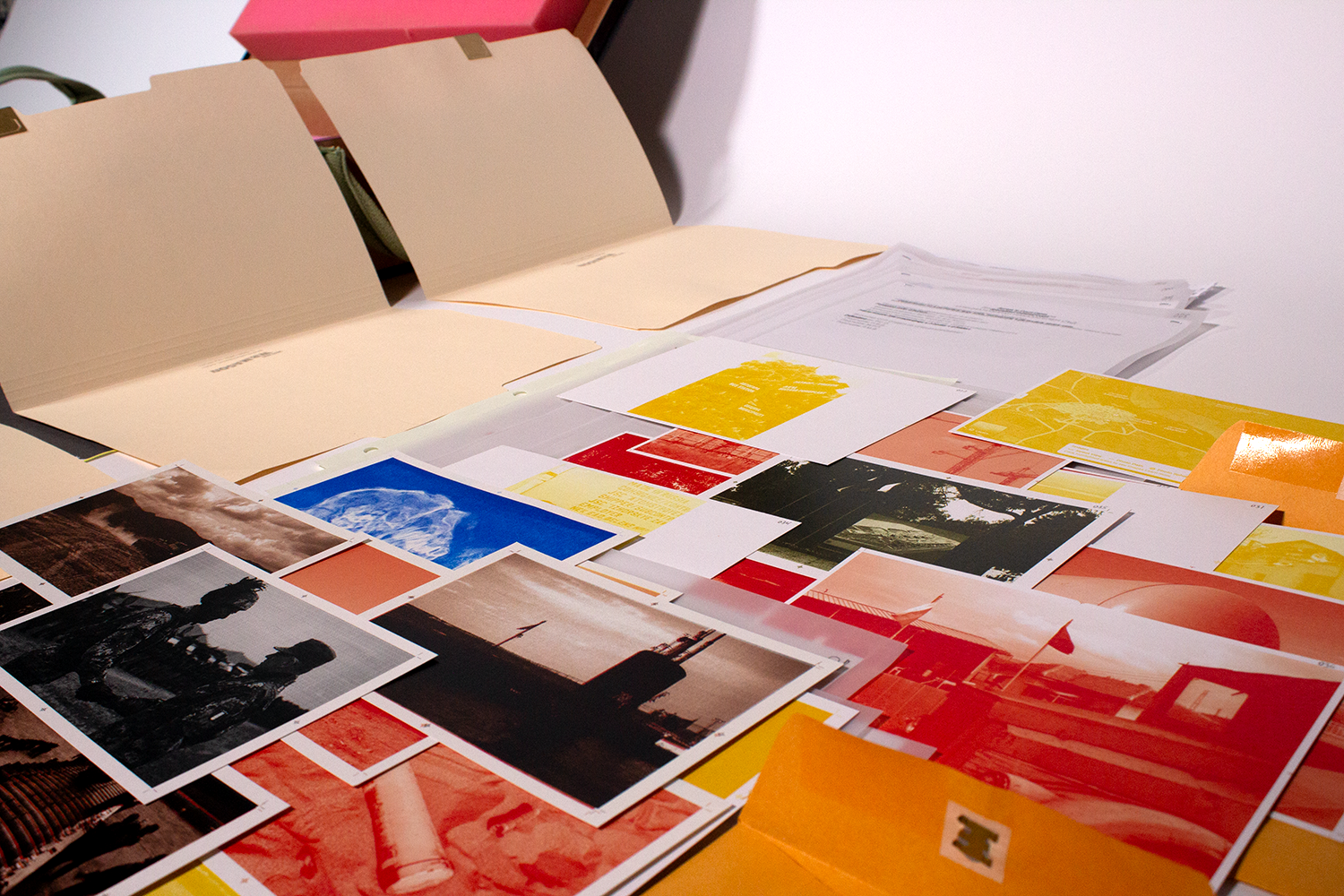
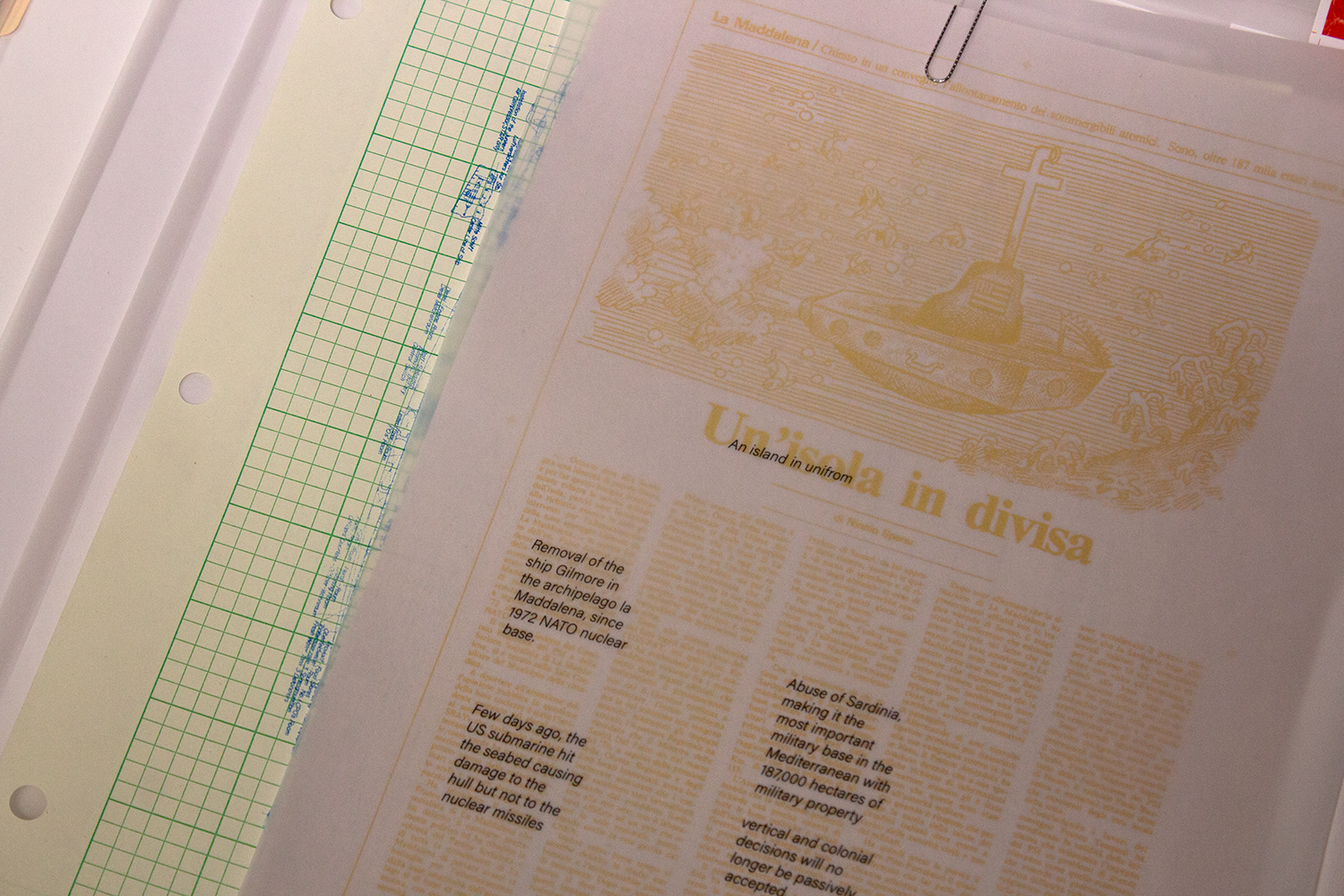
Illustrations
